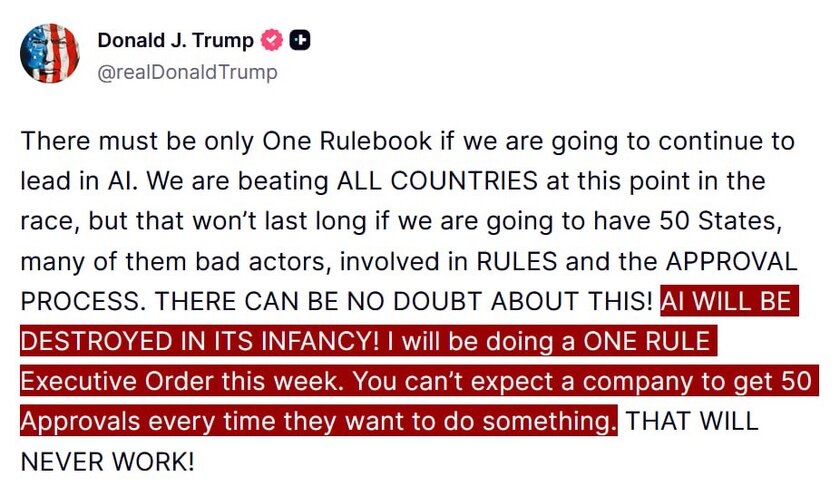Streamlining the global movement of digital assets and currencies 👀
We’re paving the way towards real-world solutions that will enable our members to access and transact with regulated digital assets and currencies on the Swift network. This follows a series of groundbreaking experiments conducted with our community in recent years, which we’re now advancing to the next stage.
Interest in digital assets and currencies continues to grow, with the last two years bringing greater clarity on the potential value of these developments to the industry.
Forecasts for the growth of digital assets are wide ranging. For instance, Standard Chartered and Synpulse recently estimated that the market size of real-world tokenised assets will climb as high as $30 trillion by 2034. Market sentiment is certainly strong with 91% of institutional investors interested in investing in tokenised assets, according to a survey by Celent and BNY Mellon
"Our vision is for our members to be able to use their Swift connection to transact interchangeably using both existing and emerging asset and currency types."
Preventing digital islands
Yet there are challenges that must be overcome before digital assets and currencies can truly scale on a global level. Not least is the growth in divergent platforms, technologies and regulatory environments that underpin digital innovation. This is leading to the emergence of an ecosystem of fragmented ‘digital islands’ that add costs and risks for market participants to navigate.
Institutional investors, for instance, are unable to ramp up their digital asset businesses due to the complexities they face when dealing with a multiplicity of tokenisation platforms. And on the digital currency side, while the latest Atlantic Council figures show that over 130 countries and currency unions are currently exploring a central bank digital currency (CBDC), significant work is still needed to integrate these emerging currencies into the wider global economy.
Enabling global interoperability
For 50 years, Swift has played a vital role in increasing global interoperability and enabling fast, frictionless, and secure transactions. And, as we move into the next phase of our strategy, we’ll continue to expand on our ability to interoperate new systems, technologies, assets and currencies.
In our innovation labs, we’ve been proactively exploring potential solutions to the challenge of extending global interoperability to CBDCs and tokenised assets for a number of years now. Recently, we’ve brought the industry together in a series of breakthrough research projects to explore how existing Swift capabilities and infrastructure can seamlessly support interoperability across different asset classes and network types.
Our successful blockchain interoperability experiments showed how Swift’s infrastructure can facilitate the transfer of tokenised value across public and private blockchains. And our Phase 1 and Phase 2 CBDC sandbox projects – carried out with leading central and commercial banks from across Europe, Asia and North America – demonstrated how we can interlink CBDCs on different networks and interlink multiple asset and cash networks.
Now we’re setting our sights higher
Our vision is for our members to be able to use their Swift connection to transact interchangeably using both existing and emerging asset and currency types.
We have a strong track record as a trusted and efficient central platform for transactions using fiat currencies and securities instruments. Now we’re further evolving our infrastructure to be able to offer our members the same level of access to emerging digital asset classes and currencies across a range of use cases in payments, securities, FX, trade and beyond.
Building on what we’ve learned, we’re paving the way towards real-world solutions capable of interlinking various forms of digital assets and currencies – including plans to test how to enable multi-ledger Delivery-versus-Payment (DvP) and Payment-versus-Payment (PvP) transactions on Swift’s secure, global platform. In the future, this could enable securities buyers to simultaneously pay for and exchange tokenised assets in real time on our network.
Without a globally accepted digital form of money, the cash leg in the execution of DvP settlement is particularly challenging. So we’re looking at ways to connect tokenised asset settlement with the corresponding payment transfer taking place on the Swift network. The payment leg will initially be made using existing fiat currencies, but will later be able to use tokenised forms of money, such as CBDCs, tokenised commercial bank money, or regulated stablecoins.
Finally, we’re also testing how our interlinking capabilities could be used as the technical solution to interlink emerging bank-led networks such as the US Regulated Settlement Network with other financial infrastructure.
What’s next?
While much has already been achieved, it’s clear that there’s still plenty of work to be done.
Together with the financial community, we’re continuing to develop the technical solutions needed to achieve digital asset and currency interoperability and access. In the coming months, we’ll also be exploring what implementation will mean for the workflows, standards and market practice requirements needed to achieve scale – with more info to come ahead of Sibos 2024.
We’re excited for the future of digital assets and currencies on our network and will continue to collaborate with our community to drive progress in this area.
https://www.swift.com/news-events/news/streamlining-global-movement-digital-assets-and-currencies





























